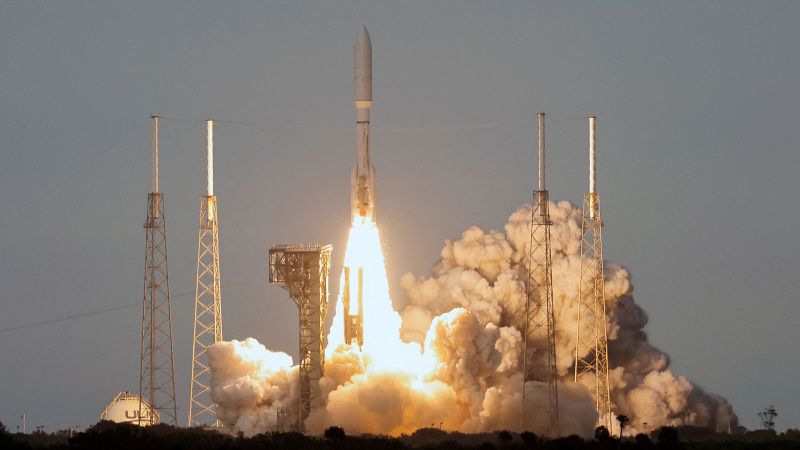Amazon has taken a significant leap towards enhancing global connectivity with the recent launch of its satellite constellation as part of Project Kuiper. This venture aims to establish a network of satellites that beam internet access directly to users from low-Earth orbit. The launch, involving a total of twenty-seven satellites, took place from Cape Canaveral Space Force Station in Florida using an Atlas V rocket developed by United Launch Alliance. The event marked a pivotal moment for the tech giant as it steps into the competitive landscape of satellite internet service providers.
Project Kuiper is poised to challenge SpaceX’s Starlink network, which has already accrued a customer base exceeding 4.6 million worldwide. Both projects seek to revolutionize internet connectivity, especially in remote areas of the world where conventional broadband services, which depend on underground infrastructure, are unavailable. The ambitious nature of these satellite networks poses numerous challenges, requiring synchronization among thousands of satellites to maintain seamless connections at high speeds. For Amazon, the ultimate aim is to create a vast constellation of around 3,200 satellites, distributed in a low-earth orbit of approximately 280 miles above the Earth.
The speed at which data can be transmitted is a crucial advantage of low-Earth orbit satellites. In contrast, traditional geosynchronous satellites operate at altitudes of around 22,236 miles, resulting in longer data transmission times. SpaceX has successfully utilized the Starlink network in various applications, connecting homes, businesses, and even providing internet capabilities to airplanes and astronauts. However, the significant head start of Starlink places Amazon’s Project Kuiper at a potential disadvantage, as financial analysts express skepticism about the viability of Amazon’s satellite initiative.
Financial forecasts project the initial setup costs of Project Kuiper to range as high as $17 billion. Even with the prospect of revenue generation post-launch, ongoing operational costs could amount to approximately $1 billion to $2 billion annually. Analysts like Craig Moffett from MoffettNathanson stress that Amazon faces an uphill battle in gaining market traction against SpaceX given its already established position. He further posits that the window for Amazon to capitalize on existing opportunities in expanding internet access seems minuscule, with doubts cast on the potential profitability of Project Kuiper.
Interestingly, the geopolitical implications of satellite internet services cannot be overlooked, particularly in light of the pressures SpaceX has faced regarding its services in conflict zones. Elon Musk’s engagements have placed him under scrutiny, particularly regarding his response to international conflicts. In contrast, Amazon may present a more neutral alternative in such scenarios, potentially mitigating some of the geopolitical challenges associated with operating a satellite network.
Despite the roadblocks, Project Kuiper holds the promise of tapping into a vast market of potential customers. It could also have far-reaching benefits for Amazon’s broader business strategy, particularly in enhancing services such as Amazon Web Services (AWS) and improving connectivity options for its logistics operations. However, questions linger concerning the competitive pricing of Amazon in relation to SpaceX and the timeline required to adequately scale its satellite deployment.
As Amazon seeks to accelerate the rollout of the Kuiper network, it has already announced intentions to connect the first customers by the end of 2023. Rajeev Badyal, the vice president of Project Kuiper at Amazon, has expressed optimism regarding the recent launch, highlighting the innovative features of the satellite design. He posits that this launch signifies the commencement of a long journey for Amazon in this sector, underscoring their preparedness to adapt and learn through the upcoming deployment phases.
In conclusion, while the potential for Project Kuiper is substantial, it is overshadowed by significant challenges as Amazon endeavors to carve out its niche in the burgeoning satellite internet market, grappling with financial implications, competitive pressures from established players like SpaceX, and the complexity of executing such a multifaceted initiative.












